I THINK THIS IS AN EXCELLENT IDEA ! SINCE USA and ITS MILITARY ARE HERE ILLEGALLY ,THUS WE MAY APPLY THE SAME LAWS !
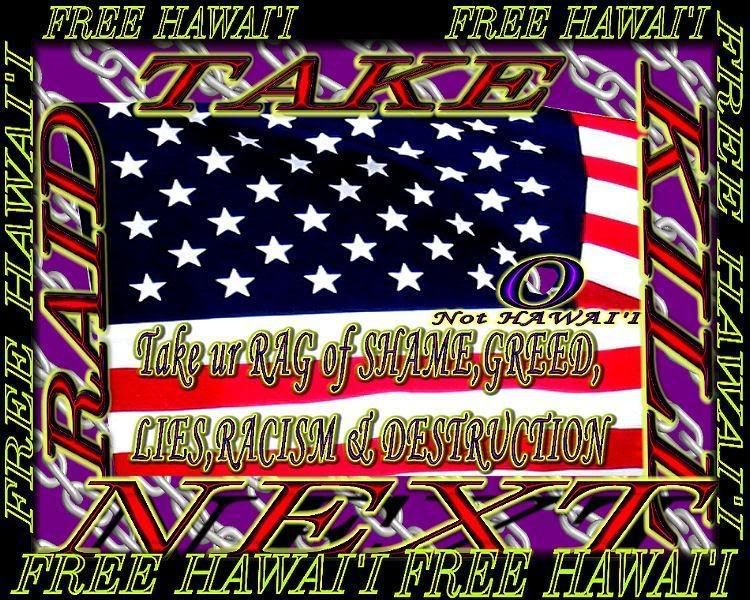 HAWAII was NEVER part of usa ,Prove me wrong !
HAWAII was NEVER part of usa ,Prove me wrong !

New Arizona law pressures Latinos to move
Exodus from jobs, schools after Arizona cracks down on illegal immigrants
The Associated Press
updated 1:28 p.m. HT, Fri., Feb. 29, 2008
PHOENIX - Parents are pulling students out of school. Construction workers are abandoning their jobs. Families are hastily moving out of apartments.
Two months after Arizona enacted a law punishing employers who hire illegal immigrants, the law is already achieving one of its goals: Scores of immigrants are fleeing to other states or back to their Latin American homelands.
Gaby Espinoza, who has been unemployed since November, is among those affected. She gave up looking for a job because of the law and may have to return to Mexico.
Espinoza's husband works here legally, but the law means that employers must ask her for papers, and she faces the daily fear of being deported.
"There's no work over there in Mexico," said Espinoza, who has three U.S.-born children. "People there live so poorly. Here, my kids have health insurance and Medicare. Over there, there's nothing."
Jose Perez Leon, a laborer in Phoenix who wants to return to his home in Mexico City, said jobs were plentiful when he came to Arizona about 18 months ago but began to dry up in the last three months.
"I don't like it here anymore because of everything that's happening," he said. "There's no work."
Challenges to the law
The Republican-controlled Legislature and Democratic Gov. Janet Napolitano approved the law last summer out of frustration with federal efforts to curb illegal immigration. It took effect Jan. 1.
The law suspends or revokes the business licenses of violators and was intended to reduce the economic incentive for immigrants to sneak across the border. Illegal immigrants account for an estimated one in 10 workers in Arizona, which is the nation's busiest gateway for illegal immigration.
Business groups have challenged the law. While awaiting a ruling, prosecutors agreed to hold off bringing cases to court until at least March 1.
Republican state Rep. Russell Pearce designed the law to reduce spending on educating and providing health care for illegal immigrants and their families, and to encourage them to leave Arizona.
"Why in the world do (illegal immigrants) think they have a right to break the law? And we are the bad guys for insisting that the law be enforced? The public doesn't agree with that," Pearce said.
School enrollment drops
Many school officials believe the law has played a role in falling enrollment. The state's struggling economy and slumping housing market are other factors. Several districts reported losing more than 100 students at least in part because of the law.
The Isaac School District in central Phoenix, with a student body that is 96 percent Hispanic, lost 500 students, said district spokesman Abedon Fimbres.
The departure of so many students upsets people like Jackie Doerr, who is principal at Andalucia Primary School, which is in a separate district in west Phoenix. She said teachers had made progress teaching English to many of the children.
"They have to leave and start all over again. It's just so frustrating when you see how far they have come," Doerr said. "They are probably going to lose it, especially if they go back to Mexico. They are definitely going to have problems."
Driving Hispanics away
The law has also contributed to rising vacancies in Phoenix. The slow economy and a market overloaded with rental homes have exacerbated the problem, said Terry Feinberg, president of the Arizona Multihousing Association, a rental housing industry group.
Even so, property managers have reported that the law has also driven away Hispanics who are legally in the country, Feinberg said.
The construction industry says some of its workers are leaving, too, for California, Nevada, Colorado or Texas.
Veronica Avalos, an illegal immigrant who has lived in Arizona for 13 years, has been caring for her three children alone since January. Her husband's Arizona employer closed its doors. He now works in San Antonio building swimming pool decks.
Avalos and her children plan to join him in the coming months, but she worries how the move will affect her 11-year-old son, who is partially blind and has mild mental disabilities.
"We need to look for a school, services and programs for him. He has all those things right now," Avalos said. "But I don't know what will happen in Texas."
Copyright 2008 The Associated Press. All rights reserved. This material may not be published, broadcast, rewritten or redistributed.
URL: http://www.msnbc.msn.com/id/23411209/
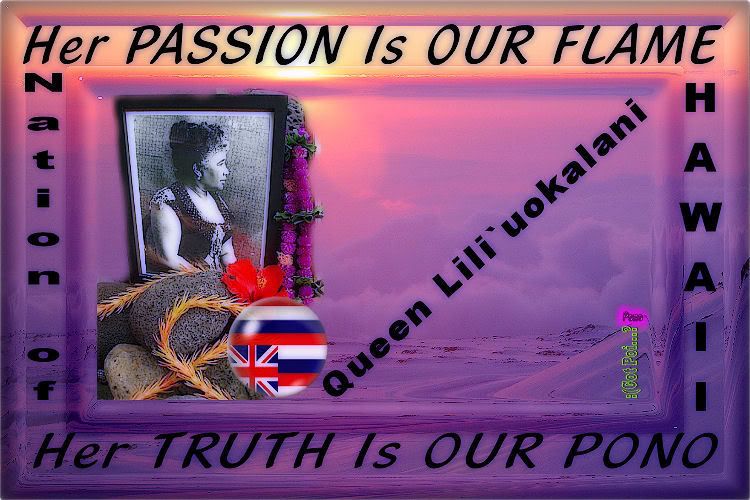
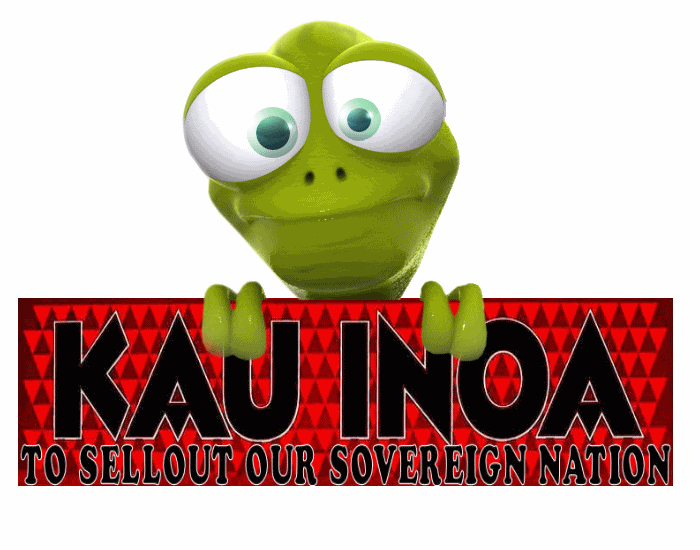
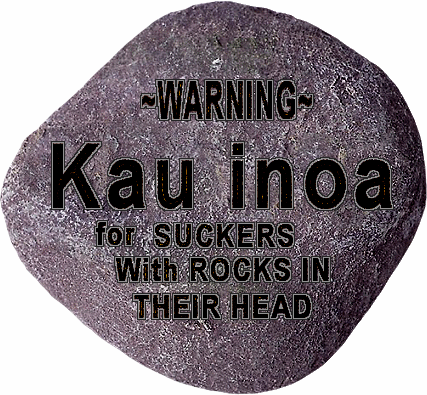
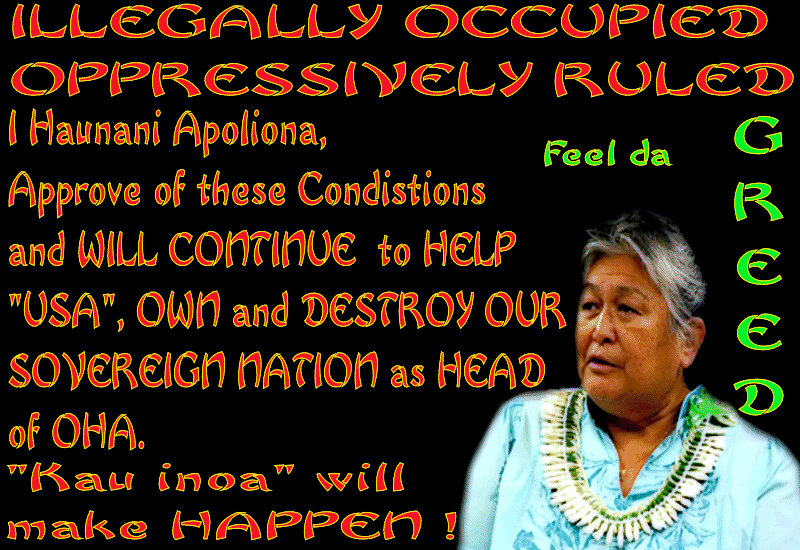







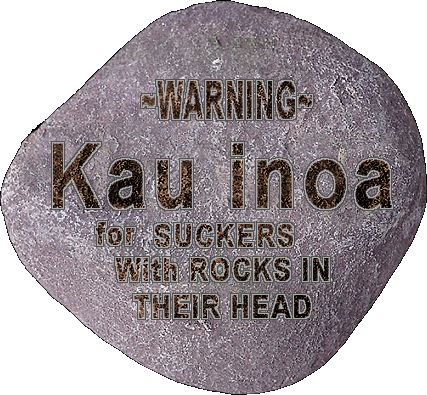



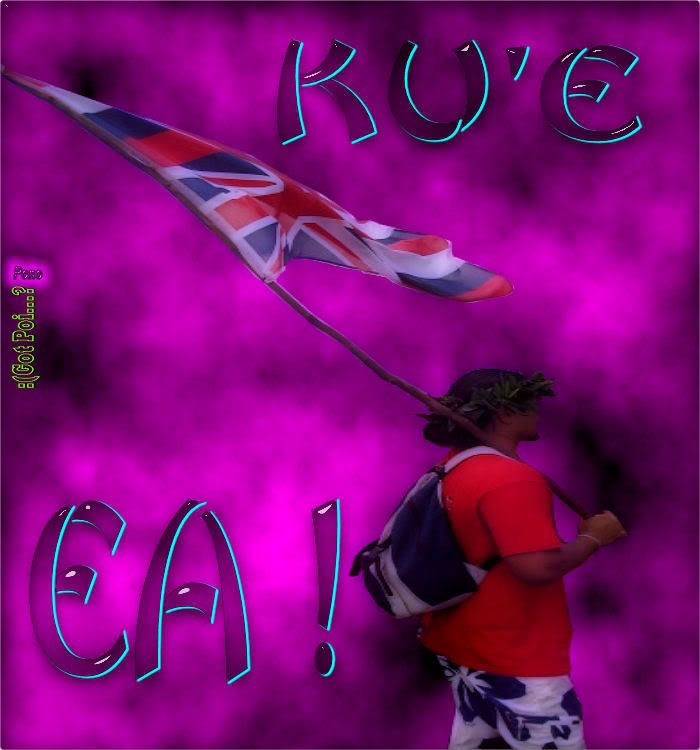

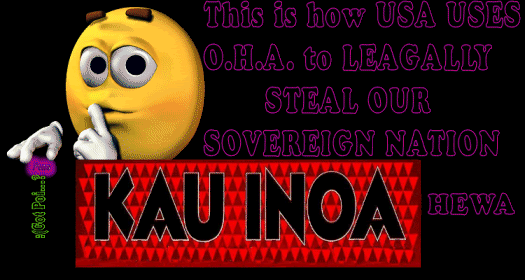 http://www.unkauinoa.org/Aloha mai kakou!What is UnKau I Noa? UnKau I Noa is an attempt to unite those who do not agree with how the project that is "Kau Inoa" is being handled. For some, Kau Inoa was a chance to receive a free shirt. For others it was the illusion that providing your explicit consent to this cause was to build a new nation. Yet, for others, Kau Inoa was that commercial you saw. The one with the singer who said "sign up....JUST BECAUSE!!!"For most, however, Kau Inoa has caused a severe case of confusion. After repeated inquiries, it has never been made clear what Kau Inoa's plan of action is in order to obtain this new nation beyond their extremely vague multi-step plan. But! By consenting and "Kau"-ing your inoa, you've given them support for whatever that action is--may it be something as simple as implementing community based "town-hall" style meetings in order to hear from our community, or may it be something as severe as implementing the heavily flawed Akaka Bill.What's that? You don't support the Akaka Bill? Well, IF that is their plan to create the new government, your name on that list does support it. The Kau Inoa website says that Kau Inoa and the Akaka Bill are not related. However, they do say that if they find Federal Recognition a.k.a. the Akaka Bill in the best interest of the "nation," they will consider it. Furthermore, their end goal is merely this NATION-LIKE group recognized by the State. Notice, NATION-LIKE. Not an independent nation. "To Build a Nation"-- Shouldn't nation building entail building an actual nation, not just a State-recognized entity?This is where UnKau I Noa comes in. Those of us who came up with this idea originally signed up for the shirt, or because it sounded like a good idea. Now...not so much. So we created our own organization to promote "nation building" amongst the most important people in this process: those who make up this nation, na Kanaka Maoli.Hopefully, if we as a community show that we don't support this, we may be able to truly unite and find a solution that EVERYONE can agree on.**For those of you who are confused, "I NOA" is not spelled incorrectly. Kau Inoa means to "place your name" (IN POOR GRAMMAR AS A MATTER OF FACT--PROPER GRAMMAR DICTATES "KAKAU I KOU INOA), but Unkau I Noa means "UnKau so that we are FREE."Yes, it is a play on the word inoa.Yes, we are that clever.Un Kau noa Tshirts are now available. These t shirts look exactly like the OHA Kau inoa shirts but have the word Un before kau inoa, and the phone number to call to get your name off the list. Same color and design. $10. Call Ed to order at- 295 1483.ORCLICK ON BANNER
http://www.unkauinoa.org/Aloha mai kakou!What is UnKau I Noa? UnKau I Noa is an attempt to unite those who do not agree with how the project that is "Kau Inoa" is being handled. For some, Kau Inoa was a chance to receive a free shirt. For others it was the illusion that providing your explicit consent to this cause was to build a new nation. Yet, for others, Kau Inoa was that commercial you saw. The one with the singer who said "sign up....JUST BECAUSE!!!"For most, however, Kau Inoa has caused a severe case of confusion. After repeated inquiries, it has never been made clear what Kau Inoa's plan of action is in order to obtain this new nation beyond their extremely vague multi-step plan. But! By consenting and "Kau"-ing your inoa, you've given them support for whatever that action is--may it be something as simple as implementing community based "town-hall" style meetings in order to hear from our community, or may it be something as severe as implementing the heavily flawed Akaka Bill.What's that? You don't support the Akaka Bill? Well, IF that is their plan to create the new government, your name on that list does support it. The Kau Inoa website says that Kau Inoa and the Akaka Bill are not related. However, they do say that if they find Federal Recognition a.k.a. the Akaka Bill in the best interest of the "nation," they will consider it. Furthermore, their end goal is merely this NATION-LIKE group recognized by the State. Notice, NATION-LIKE. Not an independent nation. "To Build a Nation"-- Shouldn't nation building entail building an actual nation, not just a State-recognized entity?This is where UnKau I Noa comes in. Those of us who came up with this idea originally signed up for the shirt, or because it sounded like a good idea. Now...not so much. So we created our own organization to promote "nation building" amongst the most important people in this process: those who make up this nation, na Kanaka Maoli.Hopefully, if we as a community show that we don't support this, we may be able to truly unite and find a solution that EVERYONE can agree on.**For those of you who are confused, "I NOA" is not spelled incorrectly. Kau Inoa means to "place your name" (IN POOR GRAMMAR AS A MATTER OF FACT--PROPER GRAMMAR DICTATES "KAKAU I KOU INOA), but Unkau I Noa means "UnKau so that we are FREE."Yes, it is a play on the word inoa.Yes, we are that clever.Un Kau noa Tshirts are now available. These t shirts look exactly like the OHA Kau inoa shirts but have the word Un before kau inoa, and the phone number to call to get your name off the list. Same color and design. $10. Call Ed to order at- 295 1483.ORCLICK ON BANNER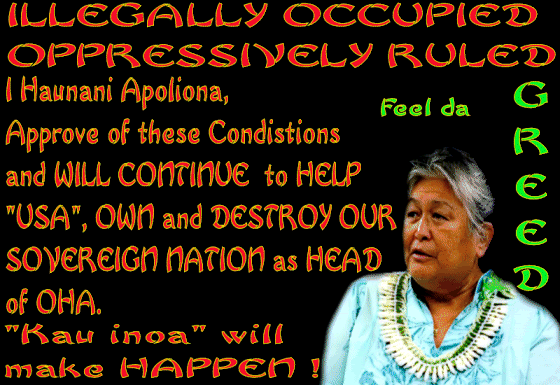

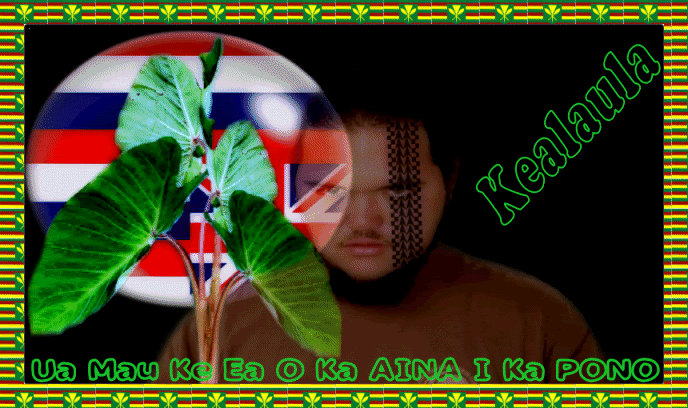
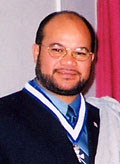



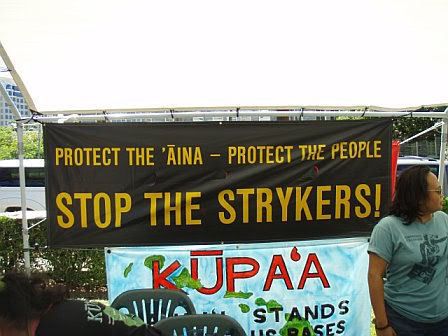
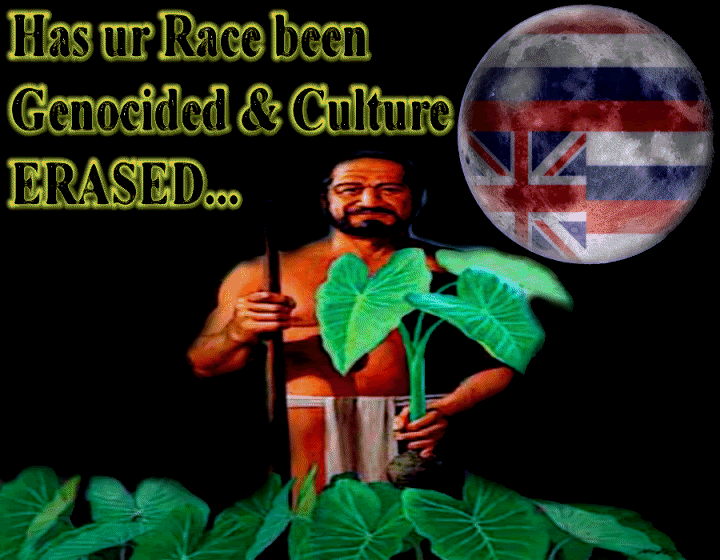

 GUMALULANIDate: Mar 5, 2008 11:03 AMESS WHAT? MY HUSBAND WENT TO THE HILO DUMP AND IT WAS CLOSED AND HE HEARD WHY IT WAS CLOSED ON THE RADIO. THEY FOUND BOMBS AND AMONITION AT THE DUMP IN HILO!! THIS IS SO CRAZY, DON'T YOU THINK?MALULANIDate: Mar 5, 2008 11:03 AMUpdated at 10:53 a.m., Wednesday, March 5, 2008Hilo landfill closed after old military ammo foundAdvertiser StaffHILO, Hawai'i — County officials closed the Hilo landfill, transfer station and recycling center this morning after construction crews discovered old military ammunition at the site.Crews have been installing utilities near the transfer station as part of a larger project to construct a sort station to boost county recycling efforts.Neil Gyotoku, spokesman for county civil defense, said initial reports suggested a crew uncovered old .50-caliber machine gun rounds, but it was unclear whether other old ammo or explosives might also be at the site.Gyotoku said crews specializing in unexploded ordnance disposal are being called in from the Pohakuloa Training Area to dispose of the ordnance.The county landfill and the facilities round it are closed until further notice, he said.
GUMALULANIDate: Mar 5, 2008 11:03 AMESS WHAT? MY HUSBAND WENT TO THE HILO DUMP AND IT WAS CLOSED AND HE HEARD WHY IT WAS CLOSED ON THE RADIO. THEY FOUND BOMBS AND AMONITION AT THE DUMP IN HILO!! THIS IS SO CRAZY, DON'T YOU THINK?MALULANIDate: Mar 5, 2008 11:03 AMUpdated at 10:53 a.m., Wednesday, March 5, 2008Hilo landfill closed after old military ammo foundAdvertiser StaffHILO, Hawai'i — County officials closed the Hilo landfill, transfer station and recycling center this morning after construction crews discovered old military ammunition at the site.Crews have been installing utilities near the transfer station as part of a larger project to construct a sort station to boost county recycling efforts.Neil Gyotoku, spokesman for county civil defense, said initial reports suggested a crew uncovered old .50-caliber machine gun rounds, but it was unclear whether other old ammo or explosives might also be at the site.Gyotoku said crews specializing in unexploded ordnance disposal are being called in from the Pohakuloa Training Area to dispose of the ordnance.The county landfill and the facilities round it are closed until further notice, he said.

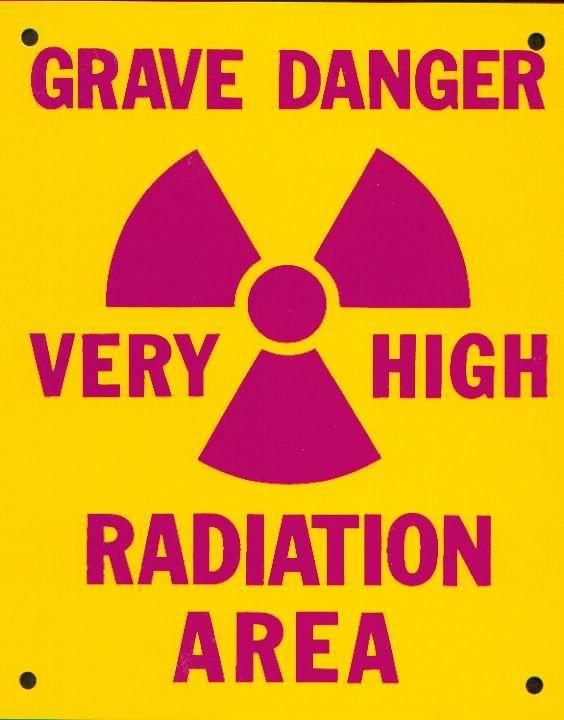
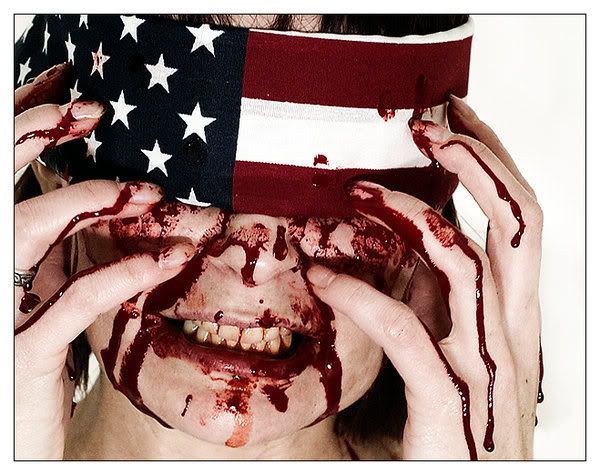
 Aloha peace Ohana,Please call Hawaii County Mayor Harry Kim 961-8211Hawaii County Council members 961-8225State legislators and Hawaii's Congresspeopleand urge action as called for in the open letter below. MahaloMalu `Aina Center for Non-violent Education & ActionP.O. Box AB Ola`a (Kurtistown), Hawaii 96760Phone 808-966-7622 email ja@interpac.net www.malu-aina.orgAN OPEN LETTER TO COUNTY OF HAWAII MAYOR HARRY KIMAloha Mayor Kim: March 3, 2008This is an urgent appeal for you to take immediate action to stop the spread of radiation contamination at the military's 133,000-acre Pohakuloa Training Area (PTA) in the center of Hawaii Island. You are aware that on August 20, 2007, the Army confirmed the presence of radiation from weapons training at PTA. Presently, the full extent of the contamination is not known due to the massive size of the range, incomplete testing, and poor record-keeping by the military. Given the fact that all branches of the military have trained at PTA for more than 50 years, the history of the military lying on such things as secret nerve-gas testing in the Hilo watershed, and stonewalling other public concerns in Hawaii, it is reasonable to believe that the extent of radiation contamination at PTA is far more than we are being told.Currently, live-fire training by 2,000 Marines is taking place at PTA, including the use of big cannons. More live-fire training by the U.S. Army is planned following the Marines' training. Such actions risk spreading the radiation contamination at PTA.We urge you to speak out publicly and urge other elected officials and political candidates to join you in calling for the following action: All live-fire and aerial bombings of the entire Pohakuloa range should be immediately stopped until a thorough, objective and independent survey has been funded (via the military budget) and completed, in order to assure real public safety.Hawaii, is a rare jewel of the planet, a true paradise on earth, of unmatched natural beauty. And now it is being poisoned. Mayor Kim, this is your day in the sun. Please do the right thing for the people of Hawaii and for all the world. Speak out to stop this reckless endangering by the U.S. military. Some scientists say that radiation contamination is one of the major issues of our lifetime, one of the greatest challenges facing civilization today.We look forward to your positive actions. Mahalo and aloha..Jim Albertini, Daniel H.C. Li, Galen and L.V. Kelly, Paul W. Normannfor Malu `AinaKale Gumapacfor the Kanaka Councilcc: elected officials and political candidatesnews media
Aloha peace Ohana,Please call Hawaii County Mayor Harry Kim 961-8211Hawaii County Council members 961-8225State legislators and Hawaii's Congresspeopleand urge action as called for in the open letter below. MahaloMalu `Aina Center for Non-violent Education & ActionP.O. Box AB Ola`a (Kurtistown), Hawaii 96760Phone 808-966-7622 email ja@interpac.net www.malu-aina.orgAN OPEN LETTER TO COUNTY OF HAWAII MAYOR HARRY KIMAloha Mayor Kim: March 3, 2008This is an urgent appeal for you to take immediate action to stop the spread of radiation contamination at the military's 133,000-acre Pohakuloa Training Area (PTA) in the center of Hawaii Island. You are aware that on August 20, 2007, the Army confirmed the presence of radiation from weapons training at PTA. Presently, the full extent of the contamination is not known due to the massive size of the range, incomplete testing, and poor record-keeping by the military. Given the fact that all branches of the military have trained at PTA for more than 50 years, the history of the military lying on such things as secret nerve-gas testing in the Hilo watershed, and stonewalling other public concerns in Hawaii, it is reasonable to believe that the extent of radiation contamination at PTA is far more than we are being told.Currently, live-fire training by 2,000 Marines is taking place at PTA, including the use of big cannons. More live-fire training by the U.S. Army is planned following the Marines' training. Such actions risk spreading the radiation contamination at PTA.We urge you to speak out publicly and urge other elected officials and political candidates to join you in calling for the following action: All live-fire and aerial bombings of the entire Pohakuloa range should be immediately stopped until a thorough, objective and independent survey has been funded (via the military budget) and completed, in order to assure real public safety.Hawaii, is a rare jewel of the planet, a true paradise on earth, of unmatched natural beauty. And now it is being poisoned. Mayor Kim, this is your day in the sun. Please do the right thing for the people of Hawaii and for all the world. Speak out to stop this reckless endangering by the U.S. military. Some scientists say that radiation contamination is one of the major issues of our lifetime, one of the greatest challenges facing civilization today.We look forward to your positive actions. Mahalo and aloha..Jim Albertini, Daniel H.C. Li, Galen and L.V. Kelly, Paul W. Normannfor Malu `AinaKale Gumapacfor the Kanaka Councilcc: elected officials and political candidatesnews media
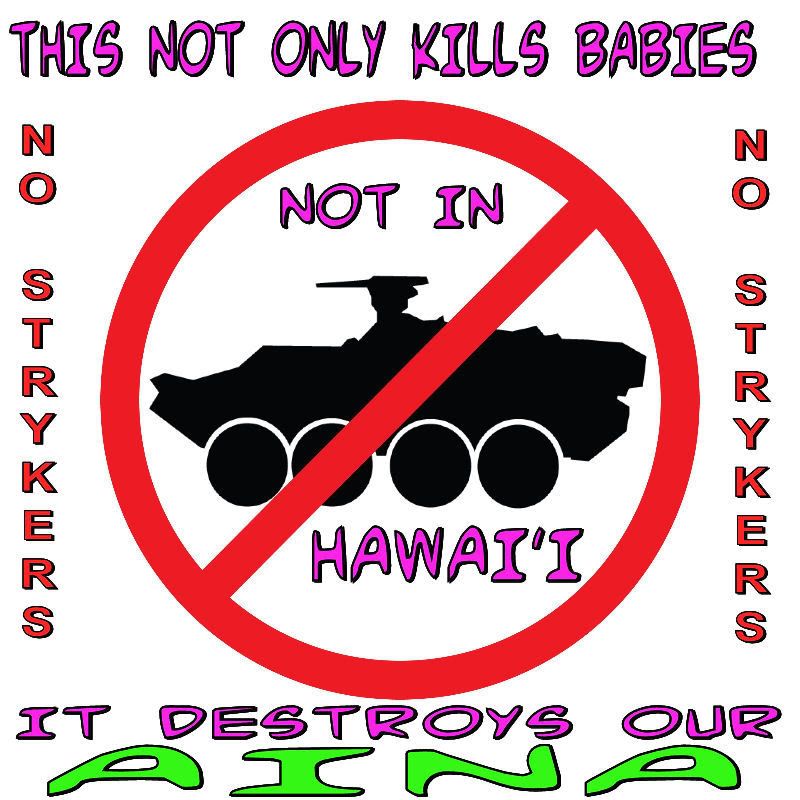
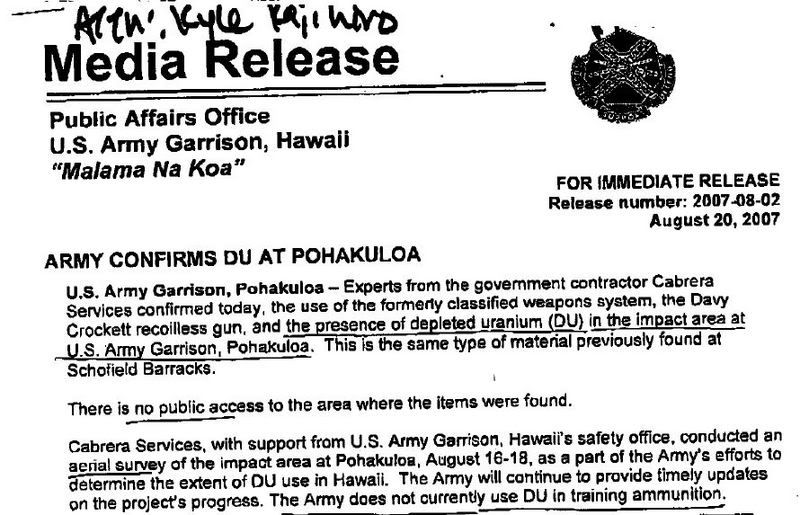
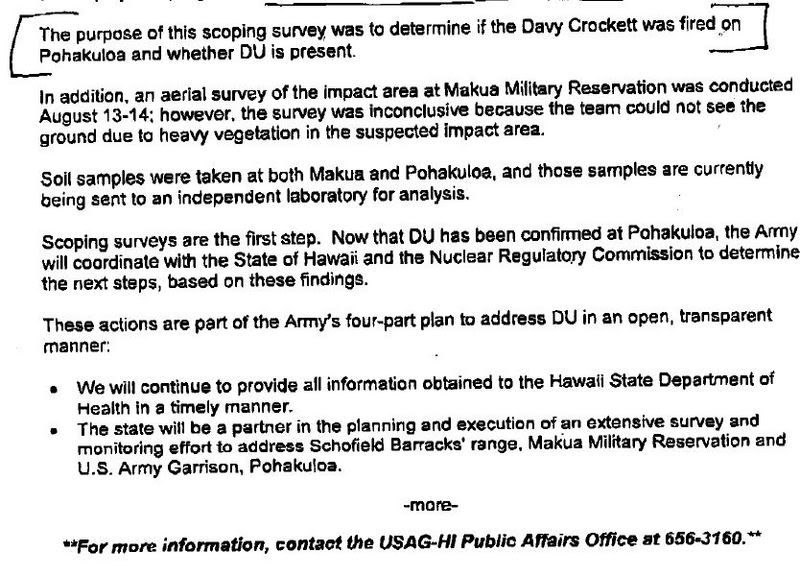
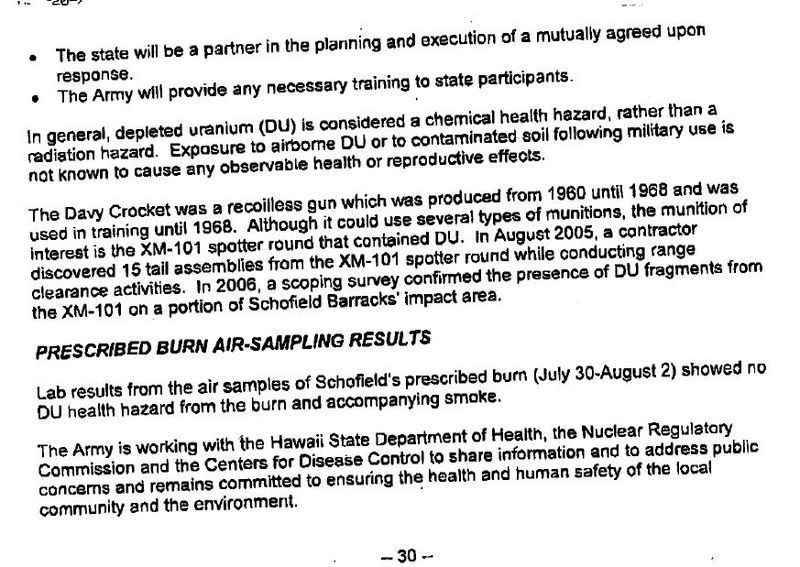


 { 20 MILION GENOCIDED THRU CIA Black Op's ,Schools Of Asassins ,NATO and UN with USA & UK as the BACKERS !}
{ 20 MILION GENOCIDED THRU CIA Black Op's ,Schools Of Asassins ,NATO and UN with USA & UK as the BACKERS !}

 New World Order - the 4th branch videoNew World Order - Time to blow the coverStop the Genocide on Stolen Aboriginal LANDPLEASE GIVE THIS TO YOUR FAMILY & FRIENDZ ,"WAR" !PEACE WILL NEVER HAPPEN TILL WE MAKE SO!School of AmericasThe Illuminati and the New World Order
New World Order - the 4th branch videoNew World Order - Time to blow the coverStop the Genocide on Stolen Aboriginal LANDPLEASE GIVE THIS TO YOUR FAMILY & FRIENDZ ,"WAR" !PEACE WILL NEVER HAPPEN TILL WE MAKE SO!School of AmericasThe Illuminati and the New World Order





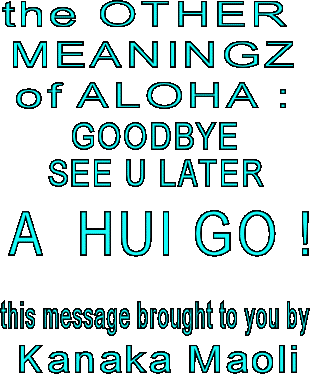 WHO'S HOMELAND are WE TALKING ABOUT!usa CONTINUES covert and overt opperations against the SOVEREIGN and NEUTRAL SOVEREIGNTY of the ILLEGALLY OCCUPIED NATION and Kingdom of HAWAI'I...UH with Dealing with usa and Military "Navy & Monsanto Co." brought Agent Orange and G.M.O., just to name a few ! to Poison our AINA, thus POISON US, IS HEWA !RE: UH is chosen as site for new security center
WHO'S HOMELAND are WE TALKING ABOUT!usa CONTINUES covert and overt opperations against the SOVEREIGN and NEUTRAL SOVEREIGNTY of the ILLEGALLY OCCUPIED NATION and Kingdom of HAWAI'I...UH with Dealing with usa and Military "Navy & Monsanto Co." brought Agent Orange and G.M.O., just to name a few ! to Poison our AINA, thus POISON US, IS HEWA !RE: UH is chosen as site for new security center When you go back on your Word & Break Treaties in World Court, Imprison a Queen on Trumped up Charges,Auction the Palaces contents & Riches over a ten year span. and then to have the Gaul to Lable the "ILLEGALLY OCCUPIED and in SLAVED " as " BARBARIANS " and CONTINUE TO ILLEGALLY OCCUPY & FORCIBLE RULE, WITH A TRUMPED UP RACIST PUPPET GOVERNMENT, THAT CONTINUES TO PRACTICE ITS SICKENING RACIST GENOCIDAL COLONIAL PROGRAM ON OTHER NATIONS & COUNTRIES THROUGH OUT OUR WORLD ???MAKES YOU PROUD TO BE AMERICAN IN GOOD OLE USA , THE OTHER ILLEGALLY OCCUPIED ONCE GREAT NATION , "AMERIKA" !
When you go back on your Word & Break Treaties in World Court, Imprison a Queen on Trumped up Charges,Auction the Palaces contents & Riches over a ten year span. and then to have the Gaul to Lable the "ILLEGALLY OCCUPIED and in SLAVED " as " BARBARIANS " and CONTINUE TO ILLEGALLY OCCUPY & FORCIBLE RULE, WITH A TRUMPED UP RACIST PUPPET GOVERNMENT, THAT CONTINUES TO PRACTICE ITS SICKENING RACIST GENOCIDAL COLONIAL PROGRAM ON OTHER NATIONS & COUNTRIES THROUGH OUT OUR WORLD ???MAKES YOU PROUD TO BE AMERICAN IN GOOD OLE USA , THE OTHER ILLEGALLY OCCUPIED ONCE GREAT NATION , "AMERIKA" !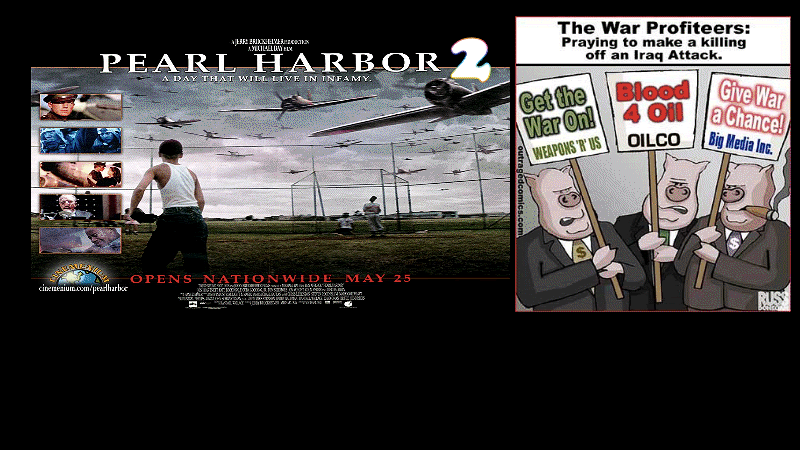 Princess Ka'iulani film outrages some Hawaiians
Princess Ka'iulani film outrages some Hawaiians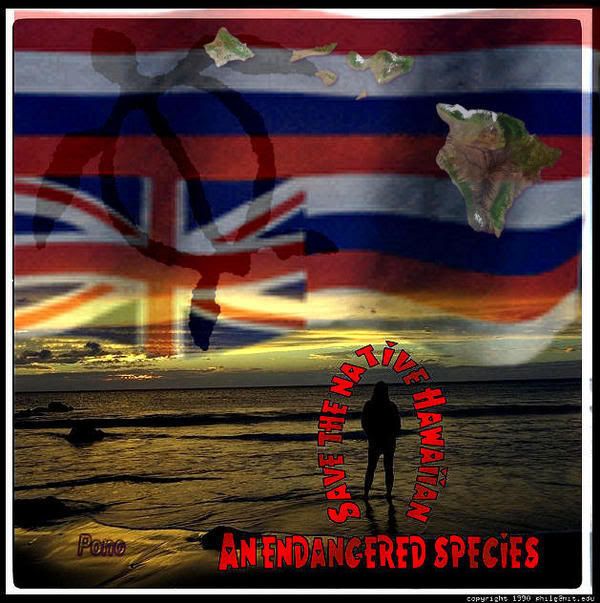 Earthjustice claims win in Makua military lawsuitAssociated Press, March 12, 2008http://starbulletin.com/2008/03/12/news/story08.htmlA federal judge told the Army yesterday to quickly expand cultural access to native Hawaiian sites at its Makua Military Reservation on Oahu, according to Earthjustice, which represents the community group Malama Makua.The environmental law firm said U.S. District Judge Susan Oki Mollway gave the Army until April 15 to identify high-priority sites for clearing unexploded ordnance in order to increase access to cultural sites.Mollway also ruled the Army must provide a good-faith plan to clear the ordnance from the sites by July 15, it said.A message seeking comment from a U.S. Army Pacific spokesman wasn't immediately returned.Earthjustice said the Army had been required to expand access under a 2001 settlement with Malama Makua."We're glad the court will be holding the Army's feet to the fire to make sure it finally keeps its promises and expands opportunities for cultural access to Makua's sacred sites," said Malama Makua's president, Sparky Rodrigues."Without access to sites, we cannot connect with our ancestors, aumakua (family gods) and akua (gods)," he said. "The Army's failure to keep its word these past seven years has been like locking the door to our church."Earthjustice attorney David Henkin said the order reaffirms the Army is not above the law."Nearly seven years ago, the Army pledged it would move quickly to expand cultural access at Makua," he said. "Instead of honoring that pledge, the Army used every excuse it could concoct to keep native Hawaiian practitioners from the valley's sacred sites."We are hopeful that, with the firm guidance the court provided today, we will finally be able to work with the Army to fulfill the 2001 settlement's promise of restoring cultural life to Makua," Henkin said.Malama Makua sued the Army in 1998 to force it to complete an environmental impact statement before continuing to use the valley for live-fire training.A judge ruled in favor of the group, though soldiers and Marines were allowed to resume live-fire training after the Sept. 11, 2001, terrorist attacks to prepare for Afghanistan deployments.But the Army had to stop using the area again more than three years ago because it hadn't conducted the environmental study. It has been sending soldiers out of state for live-fire training while it finishes the report.
Earthjustice claims win in Makua military lawsuitAssociated Press, March 12, 2008http://starbulletin.com/2008/03/12/news/story08.htmlA federal judge told the Army yesterday to quickly expand cultural access to native Hawaiian sites at its Makua Military Reservation on Oahu, according to Earthjustice, which represents the community group Malama Makua.The environmental law firm said U.S. District Judge Susan Oki Mollway gave the Army until April 15 to identify high-priority sites for clearing unexploded ordnance in order to increase access to cultural sites.Mollway also ruled the Army must provide a good-faith plan to clear the ordnance from the sites by July 15, it said.A message seeking comment from a U.S. Army Pacific spokesman wasn't immediately returned.Earthjustice said the Army had been required to expand access under a 2001 settlement with Malama Makua."We're glad the court will be holding the Army's feet to the fire to make sure it finally keeps its promises and expands opportunities for cultural access to Makua's sacred sites," said Malama Makua's president, Sparky Rodrigues."Without access to sites, we cannot connect with our ancestors, aumakua (family gods) and akua (gods)," he said. "The Army's failure to keep its word these past seven years has been like locking the door to our church."Earthjustice attorney David Henkin said the order reaffirms the Army is not above the law."Nearly seven years ago, the Army pledged it would move quickly to expand cultural access at Makua," he said. "Instead of honoring that pledge, the Army used every excuse it could concoct to keep native Hawaiian practitioners from the valley's sacred sites."We are hopeful that, with the firm guidance the court provided today, we will finally be able to work with the Army to fulfill the 2001 settlement's promise of restoring cultural life to Makua," Henkin said.Malama Makua sued the Army in 1998 to force it to complete an environmental impact statement before continuing to use the valley for live-fire training.A judge ruled in favor of the group, though soldiers and Marines were allowed to resume live-fire training after the Sept. 11, 2001, terrorist attacks to prepare for Afghanistan deployments.But the Army had to stop using the area again more than three years ago because it hadn't conducted the environmental study. It has been sending soldiers out of state for live-fire training while it finishes the report.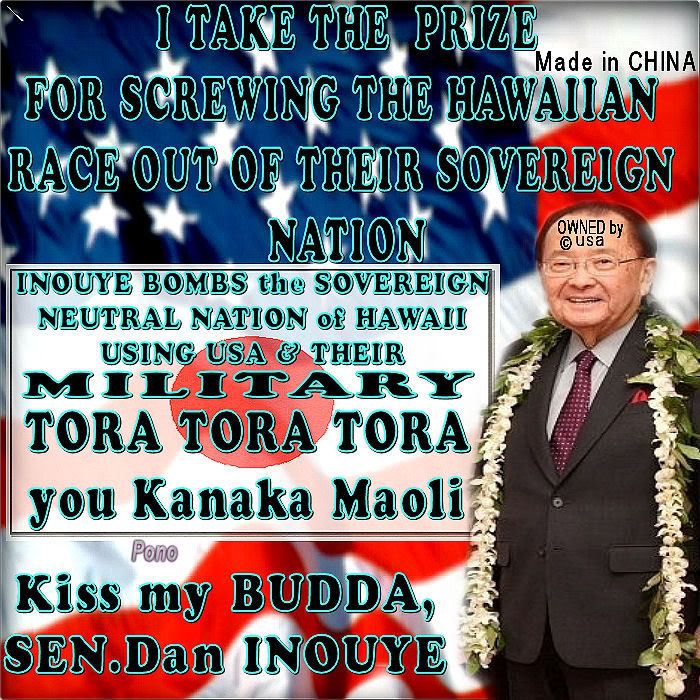

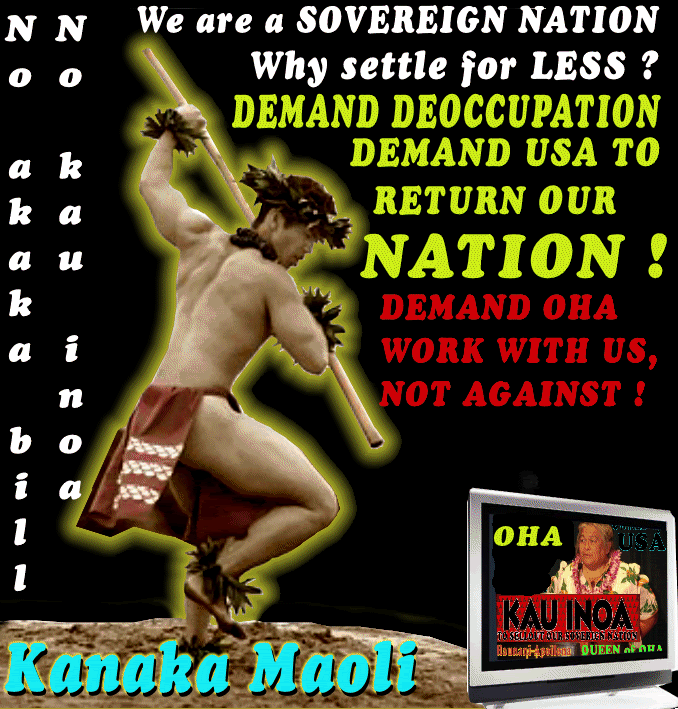
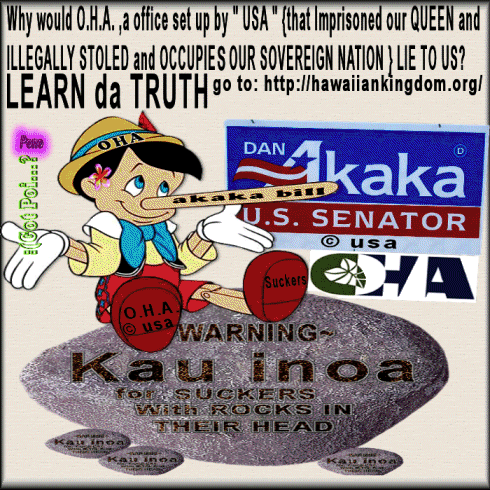
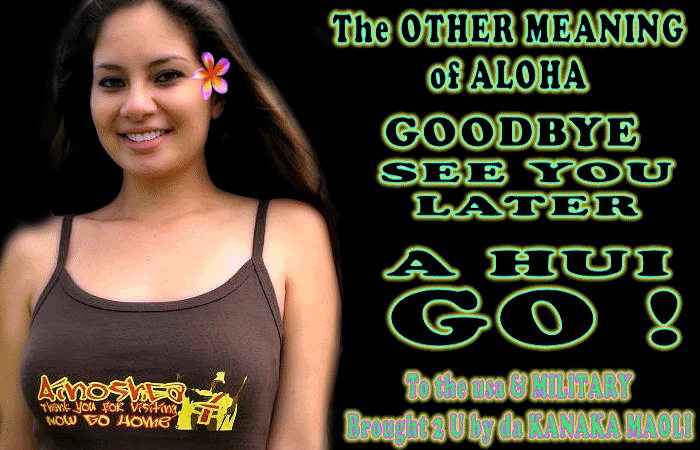


0 comments:
Post a Comment
Links to this post
Create a Link